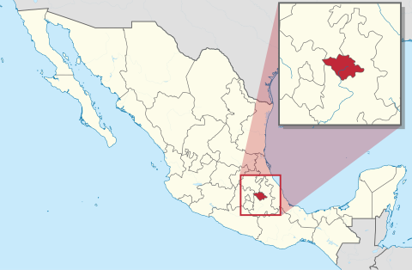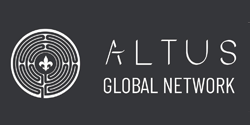Tlaxcala State

Agriculture, Much of Tlaxcala's economy is based on agriculture, livestock and forestry. Principle crops for the state are maize and barley, along with important quantities of wheat, beans, animal feed and potatoes, using about 60% of the state's land. Although the state has 15 dams and 483 wells to provide water for agriculture, 88% of the state's agriculture is dependent on the summer rainy season.
Industry and commerce, Light manufacturing has developed on a significant scale in the state, especially products produced for export outside the state. These products include clothing, foam and plastic products, paper products, publishing, textiles and automobile works. Organized industria areas in the state include the Malinche Corridor, the Apizaco-Xalostoc-Huamantla Corridor, the Panzacola Corridor, the “industrial cities” of Xicohténcatli I, Xicohténcatli II and Xicohténcatli III, the industrial parks of Calpulalpan, Xiloxoxtla, Ixtacuixtla, and Nanacamilpa as well as the industrial areas of Velasco and Atlangatepec.
Most commercial activity in the state occurs in the municipalities of Apizaco, Chiautempan, Tlaxcala, Huamantla, San Pablo del Monte and Zacatelco. In the last economic census in 2003, INEGI registered 21,307 commercial establishments in the state, most of these being small individually or family-owned enterprises. There are also fifty-nine tianguis (tent markets which are movable), seventeen municipal markets, eleven malls, twenty-six department stores and fourteen commercial centers of other types.[19] In addition, the state is an important link between Mexico's major eastern port, Veracruz, on the Gulf of Mexico, and Mexico City, in the interior.
Tourist attractions primarily consist of pre-Hispanic archaeological sites and colonial establishments, with examples of both religious and civil constructions.[8] However, in comparison with the rest of Mexico, Tlaxcala's archaeological and colonial sites are barely known. Tlaxcala's major attractions are the archaeological sites of Cacaxtla, Xochitécatl and Tizatlán, which were not fully investigated until the 20th century, unlike most sites within the state. When Hernán Cortés came, Mesoamerican civilization here was considered to be in the Post-Classic stage, and the kingdom was filled with temples, palaces and grand plazas that impressed the Spaniards.
GDP AGUASCALIENTES $6,627 million of USD.






